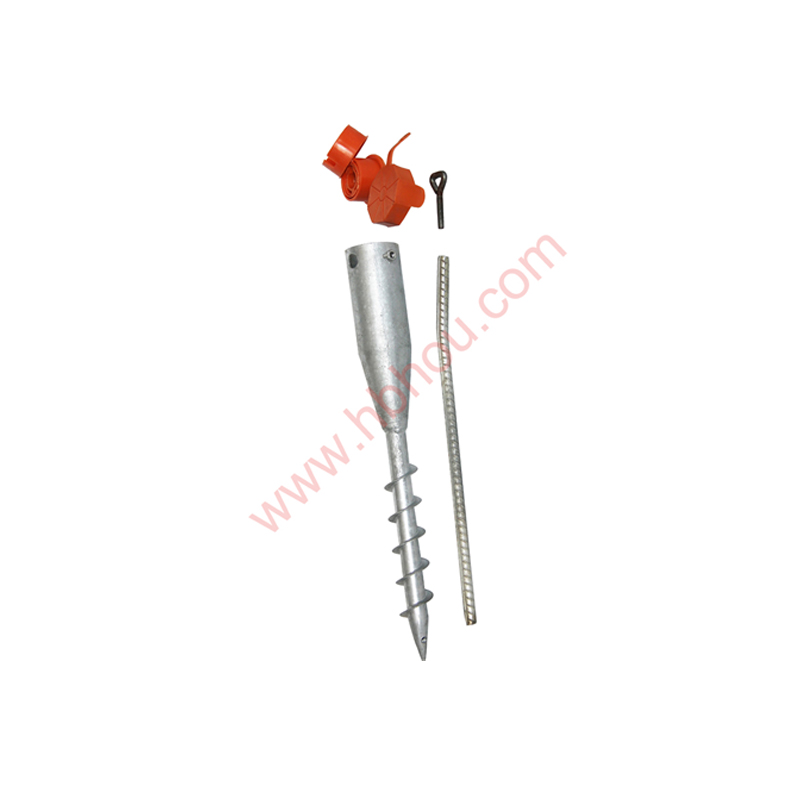Retaining Wall Round Posts A Comprehensive Guide
Retaining walls are essential structures used to hold back soil and prevent erosion, making them crucial in landscaping and construction projects. Among the various elements that can be used to construct a retaining wall, round posts have gained popularity due to their unique aesthetic appeal and functionality. This article will delve into the advantages of using round posts for retaining walls, their installation process, and maintenance tips.
Advantages of Round Posts in Retaining Walls
1. Aesthetic Appeal Round posts can add a rustic and natural look to a landscape. Unlike traditional square posts, which may look more industrial, round posts blend beautifully with the surrounding environment. They can soften the hard lines of a retaining wall and give it a more organic feel.
2. Durability Round posts are often made from treated wood or sturdy materials like steel or concrete. This treatment helps them withstand the elements, including moisture, pests, and UV rays, ensuring longevity. Additionally, the round shape can help resist deformation under pressure from soil, making them an ideal choice for supporting heavy loads.
3. Versatility Round posts can be used in various styles of retaining walls, from gravity walls to cantilever walls. They can also serve multiple purposes, including as fencing posts or decorative supports for garden structures. Their adaptability makes them a valuable option for many landscaping designs.
4. Ease of Installation While constructing any retaining wall requires planning and precision, using round posts can simplify the installation process. These posts can be easily driven into the ground, and their structure often requires less extensive excavation than other types of posts. This ease of installation can save both time and labor costs.
Installation Process
Installing a retaining wall with round posts involves several steps to ensure stability and effectiveness
1. Planning and Design Before any physical work begins, it is vital to plan the layout of the retaining wall. Determine the height and length of the wall, the spacing of the posts, and the materials you will use. Consider potential drainage issues and how the wall will fit into the overall landscape.
2. Preparing the Site Clear the area where the retaining wall will be built. Remove any vegetation, rocks, or debris that may obstruct the construction. If necessary, use a level to mark the ground where the posts will be placed.
retaining wall round posts

3. Setting the Posts The round posts need to be spaced appropriately to support the weight of the wall. It’s common practice to place the posts 6 to 8 feet apart, depending on the wall’s height and the type of material used. Once the spacing is determined, drive the posts into the ground using a post driver or rent a power post driver for more substantial installations.
4. Installing the Wall Material After setting the posts, the next step is to install the wall material. This can include stones, timber, or other suitable materials, which can be stacked or secured between the posts. Ensure that there is adequate drainage behind the wall to prevent water from building up and causing pressure that could lead to failure.
5. Backfilling Once the wall is in place, backfill the area behind the wall with gravel or soil, sloping it away to facilitate drainage. Proper backfilling helps alleviate pressure on the retaining wall and adds stability.
Maintenance Tips
Maintaining your retaining wall is essential for its longevity and functionality. Here are some tips
1. Regular Inspections Periodically check the wall for signs of bulging, cracking, or other damages. Early detection of issues can prevent larger problems down the line.
2. Keep Drainage Clear Ensure that drainage systems are functioning correctly. Clogged drainage can create pressure against the wall, leading to structural failure.
3. Weed Management Keep the area around the retaining wall free of weeds and unwanted vegetation, which can compromise the wall's stability over time.
4. Refresh Wood Treatment If your round posts are made of wood, apply a fresh coat of wood treatment every few years to protect against moisture and pests.
Conclusion
Round posts offer a unique and visually appealing option for constructing retaining walls. Their durability, ease of installation, and versatility make them a favored choice among homeowners and landscape professionals alike. With proper planning, installation, and maintenance, a retaining wall built with round posts can enhance landscape beauty while providing essential support and protection against soil erosion. Whether you are embarking on a new project or considering an update to an existing structure, round posts could be the solution you need for a functional and attractive retaining wall.
















